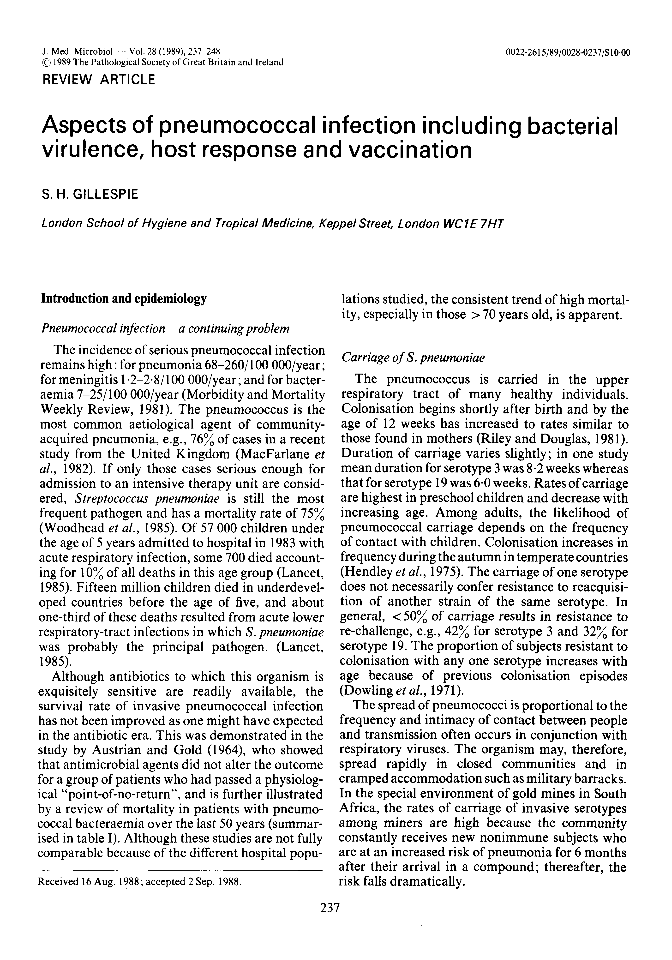
Full text loading...

Aspects of pneumococcal infection including bacterial virulence, host response and vaccination, Page 1 of 1
< Previous page | Next page > /docserver/preview/fulltext/jmm/28/4/medmicro-28-4-237-1.gif
There is no abstract available.

Article metrics loading...

Full text loading...
References


Data & Media loading...
